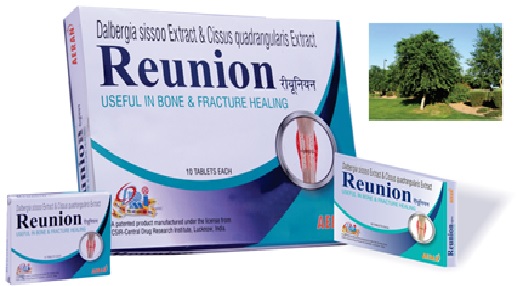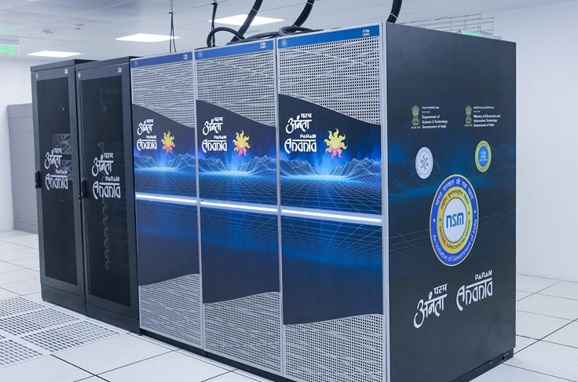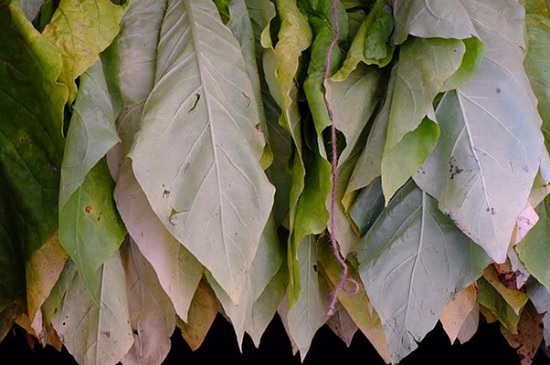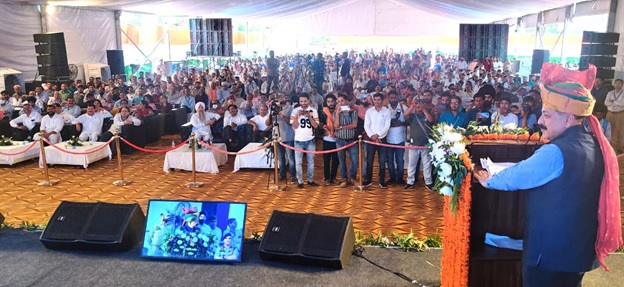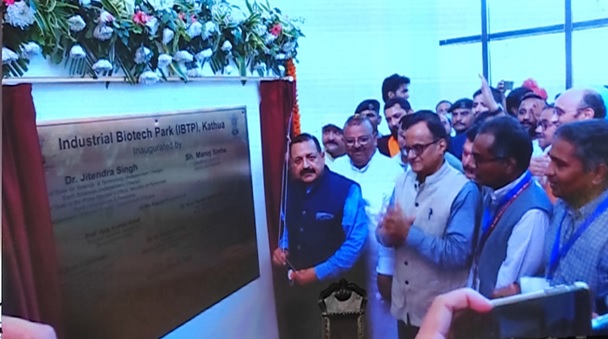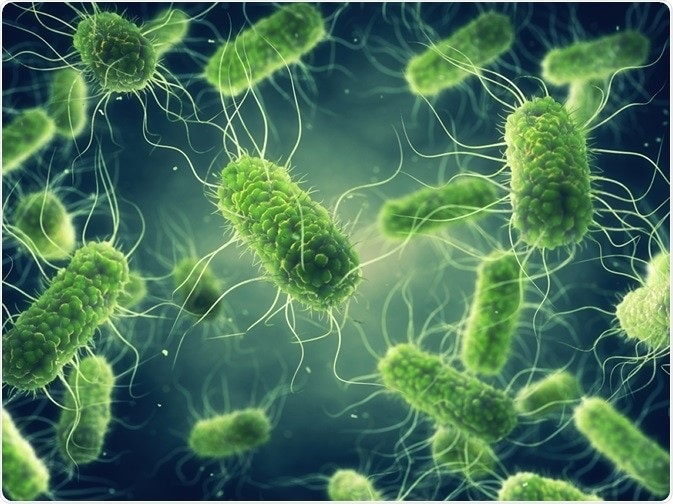
Salmonella infection (salmonellosis) is a common bacterial disease affecting human intestinal tract via contaminated water or food. Researchers from the Indian Institute of Science (IISc), Bangalore, have identified a novel interaction of Salmonella pathogen with a specific protein of host cells.
Cells in living organisms have different parts called organelles that work together to keep the cell healthy. Membrane fusion and fission are essential processes that help these organelles communicate and transport nutrients and molecules. However, some bacteria can enter the cell and hijack these processes to make a comfortable home for themselves and cause illness.
“Inside host cells, are tiny structures called vesicles that help move molecules from one place to another. The shifting of molecules requires a fusion of the vesicles and other cell membranes. The fusion process is controlled by a group of proteins called SNAREs. One type of SNAREs, Syntaxin 3 (STX3) and Syntaxin 4 (STX4) are important for a cell’s immune system to fight off bacteria,” informs Prof. Dipshikha Chakravortty, the lead researcher.
“Some bacteria, like Salmonella, can manipulate the SNAREs to their advantage and infect the cell. The Salmonella bacteria create a little pouch called Salmonella-containing vacuole (SCV), where it can divide and grow,” she further explains.
Salmonella infection (salmonellosis) is a common bacterial disease affecting human intestinal tract via contaminated water or food. Researchers from the Indian Institute of Science (IISc), Bangalore, have identified a novel interaction of Salmonella pathogen with a specific protein of host cells.
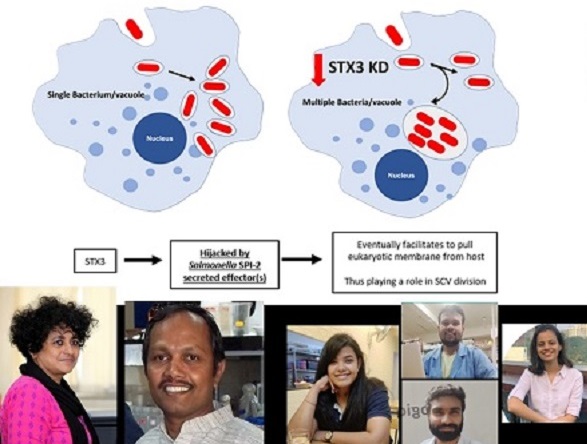
The team found that the Salmonella bacteria interact with the host cell’s STX3 to create and maintain the SCV, allowing the bacteria to grow and survive. They also discovered that this interaction depends on a bacterial system called Salmonella pathogenicity island 2 (SPI-2), essential for the bacteria’s survival.
Some people with salmonella infection may not show any symptoms. Most people develop diarrhoea, fever, and stomach cramps within 8 to 72 hours after exposure. Most healthy people recover without specific treatment within a few days to a week. Life-threatening complications also may develop if the infection spreads beyond the intestines.
“In our study, we investigated the interaction between host cells and pathogens using a combination of cell culture and animal models. We utilised various techniques to answer our research questions, including molecular biology, microscopy, and genetically modified bacterial systems. By understanding how Salmonella interacts with STX3, we can learn more about how the bacteria cause illness and may find ways to stop it,” mentions Prof. Chakravortty.
Knocking down STX3 significantly reduces the number of bacteria per host cell, suggesting a possible role in the survival of Salmonella in SCVs. The role of host SNAREs may differ depending on the cell type and tissue-specific functions. The findings provide insight into the molecular mechanisms of establishing replicative niches by intracellular pathogens and offer potential targets for developing new therapies to combat bacterial infections.
The study has been published in the Traffic Journal. Besides Prof. Dipshikha Chakravortty, the team comprises Ritika Chatterjee, Abhilash Vijay Nair, Anmol Singh, Nishi Mehta, and Subba Rao Gangi Setty.
India Science Wire
ISW/SM/IISC/Salmonella/Eng/12/05/2023
